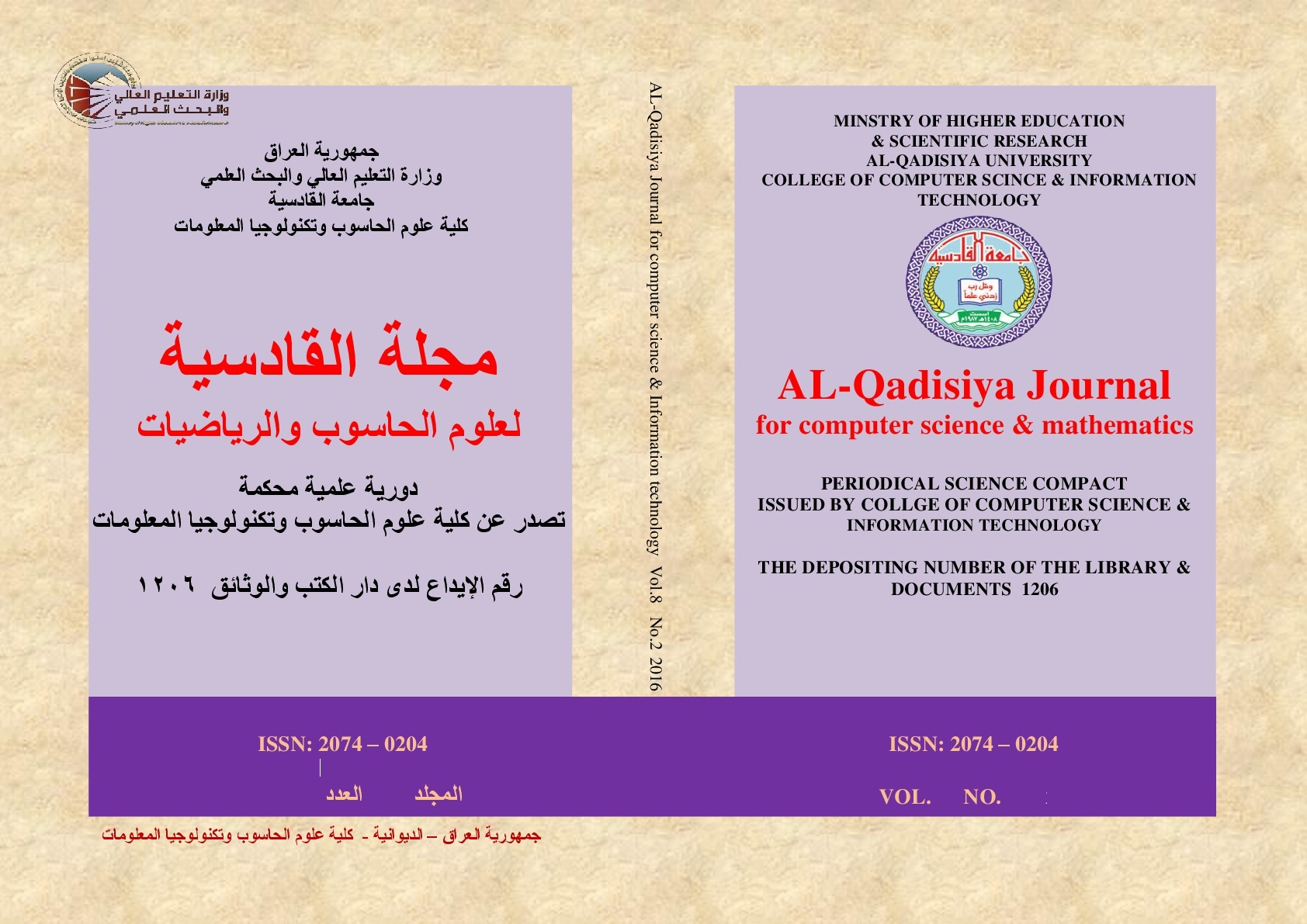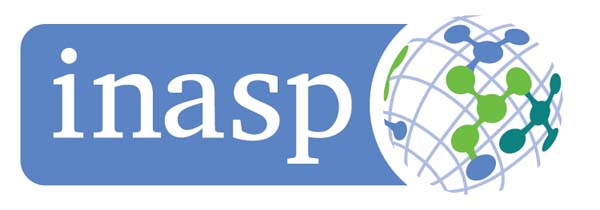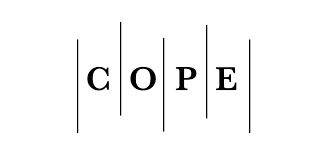Enhancing Technical Skills Through Hypermedia: An Exploration of Innovative Learning Approach
DOI:
https://doi.org/10.29304/jqcsm.2024.16.31878Keywords:
Hypermedia, Educational Technology, Multimedia Learning, Interactive Learning, Curriculum DesignAbstract
The integration of hypermedia in educational contexts has the potential to significantly enhance the development of technical skills, a critical competency in today’s technology-driven world. This paper explores innovative learning approaches facilitated by hypermedia, focusing on its application in technical education. The study begins with a discussion on the general importance of technical skills, followed by a detailed examination of hypermedia as a dynamic and interactive learning tool. Two case studies are presented, demonstrating the successful implementation of hypermedia in educational settings, and the challenges and benefits associated with these approaches are analyzed. The paper concludes with insights into future research directions and emerging trends in hypermedia-enhanced technical education, emphasizing the need for continuous innovation and adaptation in the face of evolving educational technologies.
Downloads
References
A. Verhoeven and K. Warendorf, “External Navigation Control and Guidance for Learning with Spatial Hypermedia,” Journal of Interactive Media in Education, vol. 1999, no. 2, 1999.
S. Quinton, “A brief critique on the future of learning: Assessing the potential for research,” in Contemporary approaches to research on learning environments: Worldviews, World Scientific, 2006, pp. 543–578.
A. A. C. Amorim, “Multimédia: um conceito em evolução,” Revista Portuguesa de Educação, vol. 15, no. 1, pp. 245–268, 2002.
S. Suwarno, N. Ibrahim, and U. A. Chaeruman, “Mapping scientific research on hypermedia learning technology using Scopus database: A bibliometric approach,” Library Philosophy and Practice (e-journal), pp. 1–20, 2021.
J. Raper, “Progress towards spatial multimedia,” in Geographic Information Research, CRC Press, 2020, pp. 525–543.
M. S. Akhter, A. Zafar, and N. Saba, “Evaluation of Integrated ESP Course Using Hypermedia Software for Effective Learning and Teaching in Pakistan,” Indian Journal of Economics and Business, vol. 21, no. 3, 2022.
K. O. Vasylivna, I. Lelet, V. Serebriakova, and S. Yukhymets, “The Use of Hypermedia Technologies in Higher Education Institutions during Covid Lockdown”.
L. S. Del Río, C. V. Sanz, and N. D. Búcari, “Incidence of a hypermedia educational material on the Teaching and Learning of Mathematics,” Journal of New Approaches in Educational Research, vol. 8, no. 1, pp. 50–57, 2019.
R. Maulana and S. Hidayati, “The DEVELOPMENT OF HYPERMEDIA LEARNING MEDIA IN AN EFFORT TO IMPROVE HIGH ER ORDER THINKING SKILLSS STUDENTS IN HIGH SCHOOL ECONOMICS CLASS X SUBJECTS: learning media, hypermedia, higher order thinking skills,” PEKA, vol. 10, no. 2, pp. 34–44, 2022.
M. Ahmad, N. R. Mansor, R. A. Rashid, N. Ain, C. R. Zakaria, and C. M. Sung, “Implementation of digital games in advancing students’ higher-order thinking skills: A review,” presented at the Journal of Physics: Conference Series, IOP Publishing, 2021, p. 012069.
D. Birch, M. Sankey, and M. Gardiner, “The impact of multiple representations of content using multimedia on learning outcomes,” International Journal of Instructional technology and distance learning, vol. 7, no. 4, pp. 3–19, 2010.
E. E. Achor, “Integrating technologies in curriculum development,” Journal of Curriculum and Instruction, vol. 13, no. 2022, pp. 4–33, 2022.
C. Ikram, E. Mohamed, and K. Mohamed, “Enhancing Adaptive Pedagogical Content Development with ADDIE and Scrum in Hypermedia Environments,” DIROSAT: Journal of Education, Social Sciences & Humanities, vol. 2, no. 2, pp. 63–72, 2024.
B. Wibawa and M. Winarsih, “The Development of Hypermedia Based E-Book for Integral Calculus Subject.,” International Journal of Online & Biomedical Engineering, vol. 16, no. 4, 2020.
H. G. Weller, J. Repman, and G. E. Rooze, “The relationship of learning, behavior, and cognitive style in hypermedia-based instruction: Implications for design of HBI,” in Multimedia and Megachange, CRC Press, 2020, pp. 401–420.
M. Kovtoniuk, O. Kosovets, O. Soia, and L. Tyutyun, “Virtual learning environments: major trends in the use of modern digital technologies in higher education institutions,” Educational Technology Quarterly, vol. 2022, no. 3, pp. 183–202, 2022.
V. Dobrica, L. Duško, and V. S. Lj, “Use of information technologies in higher education from the aspect of management,” International Journal of Cognitive Research in Science, Engineering and Education, vol. 11, no. 1, pp. 143–151, 2023.
O. B. Adedoyin and E. Soykan, “Covid-19 pandemic and online learning: the challenges and opportunities,” Interactive learning environments, vol. 31, no. 2, pp. 863–875, 2023.
Z. Lassoued, M. Alhendawi, and R. Bashitialshaaer, “An exploratory study of the obstacles for achieving quality in distance learning during the COVID-19 pandemic,” Education sciences, vol. 10, no. 9, p. 232, 2020.
C. Pahl, “A taxonomy for interactive educational multimedia,” presented at the EdMedia+ Innovate Learning, Association for the Advancement of Computing in Education (AACE), 2004, pp. 610–617.
H. El Kabtane, M. El Adnani, M. Sadgal, and Y. Mourdi, “Toward an occluded augmented reality framework in e-learning platforms for practical activities,” Journal of Engineering Science and Technology, vol. 13, no. 2, pp. 394–408, 2018.
S. Wu, “Application of multimedia technology to innovative vocational education on learning satisfaction in China,” PLoS One, vol. 19, no. 2, p. e0298861, 2024.
C. Ikram, E. Mohamed, A. Souhaib, and K. Mohamed, “Integration of pedagogical videos as learning object in an adaptive educational hypermedia systems according to the learner profile,” International Journal of Computer Trends and Technology, vol. 69, no. 6, pp. 1–6, 2021.
F. Fischer, P. Troendle, and H. Mandl, “Using the internet to improve university education: problem-oriented web-based learning with MUNICS,” Interactive Learning Environments, vol. 11, no. 3, pp. 193–214, 2003.
H. J. Chokshi and R. Panchal, “Using Apache Jena Fuseki Server for Execution of SPARQL Queries in Job Search Ontology Using Semantic Technology,” International Journal of Innovative Research in Computer Science & Technology, vol. 10, no. 2, pp. 497–504, 2022.
W. A. Holness, “Access to Justice for Mothers with Intellectual Disabilities in Cases of Child Neglect at two Kwazulu-Natal Children’s Courts,” 2021.
W. M. Reed and J. K. Burton, Multimedia and megachange: new roles for educational computing. CRC Press, 2020.
A. Alzubi, “The role of multimedia tools in Hashemite Kingdom of Jordan education classroom teaching in the digital era,” European Journal of Interactive Multimedia and Education, vol. 4, no. 2, p. e02303, 2023.
Downloads
Published
How to Cite
Issue
Section
License
Copyright (c) 2024 Sawsan Mousa, Mustafa Radif

This work is licensed under a Creative Commons Attribution-NonCommercial-NoDerivatives 4.0 International License.













